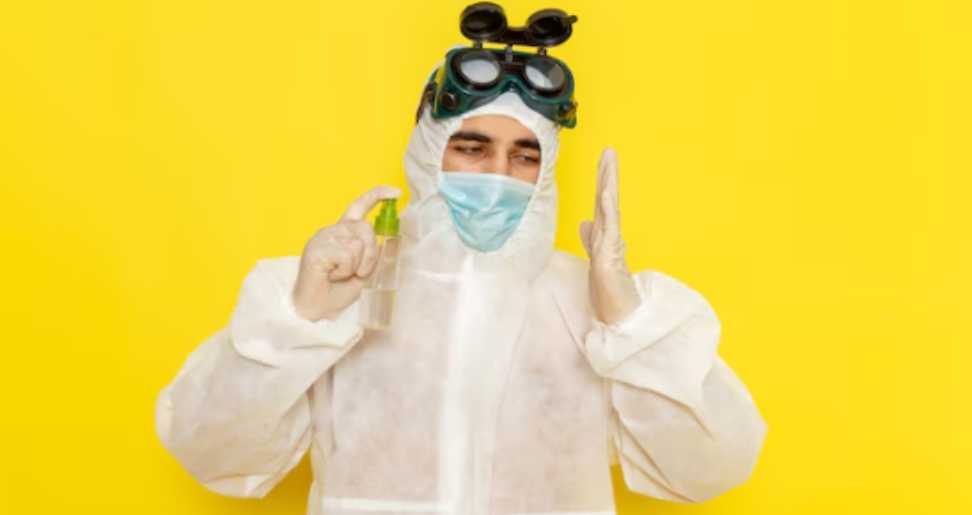Ensuring the air quality in your home is safe and free from hazardous gases is crucial for maintaining the health and well-being of you and your family. Exposure to toxic gases such as carbon monoxide, radon, and volatile organic compounds (VOCs) can lead to severe health issues, including respiratory problems, neurological damage, and even cancer. This article will explore the importance of testing for hazardous gases, the types of gases to be aware of, and the steps you can take to create a safer indoor environment.
Understanding the Risks of Hazardous Gases
Hazardous gases can enter your home through various means, including faulty appliances, building materials, and outdoor pollution. These gases can accumulate indoors, where they can be difficult to detect due to their odorless and colorless nature. Prolonged exposure to these gases can have serious consequences for your health, making it essential to be aware of the potential risks.
Types of Hazardous Gases
The most common hazardous gases found in homes include carbon monoxide, radon, and volatile organic compounds (VOCs). Carbon monoxide is full colorless, and odorless gas produced by the full combustion of fuels, such as natural gas, propane, and wood. Radon is a radioactive gas that occurs naturally in the soil and also you can seep it into the homes through cracks with gaps in the foundation. VOCs are a group of chemicals found in various household products, such as paints, cleaning supplies, and furniture, which can off-gas into the indoor air.
The Importance of Radon Testing
Radon is a particularly dangerous gas that is responsible for an estimated 21,000 lung cancer deaths per year in the United States. The radon testing is crucial because it is the only way to determine if your home has elevated levels of this radioactive gas. If high levels of radon are detected, it is essential to take action to mitigate the problem, such as installing a radon mitigation system.
Detecting Carbon Monoxide
Carbon monoxide is another gas that requires special attention due to its potential for causing serious health issues, including headaches, dizziness, nausea, and even death. Installing carbon monoxide detectors in your home is an essential step in protecting your family from this dangerous gas. These detectors should be placed near sleeping areas and on each level of your home.
Reducing VOC Exposure
Volatile organic compounds (VOCs) can be found in a wide range of household products, including paints, cleaning supplies, and personal care items. To reduce your exposure to VOCs, choose products that are labeled as low-VOC or no-VOC, and ensure that your home is well-ventilated when using these products. Additionally, consider using natural cleaning products or making your own using simple ingredients like vinegar and baking soda.
The Benefits of Professional Testing
While there are many steps you can take to reduce your exposure to hazardous gases, professional testing is the best way to ensure that your home is safe. Professional testing involves using specialized equipment to measure the levels of various gases in your home, allowing you to identify any potential problems and take appropriate action.
Conclusion
Breathing easy in your home means ensuring that the air you and your family breathe is free from hazardous gases. By understanding the risks of these gases, taking steps to reduce your exposure, and considering professional testing, you can create a safer indoor environment that promotes health and well-being. Remember, the health of your family is worth the investment in maintaining a safe and healthy home.
Have A Look :-
- How To Deactivate Messenger?
- How To Turn On Dark Mode On Snapchat?
- How To Turn Off Vanish Mode On Instagram?

